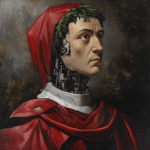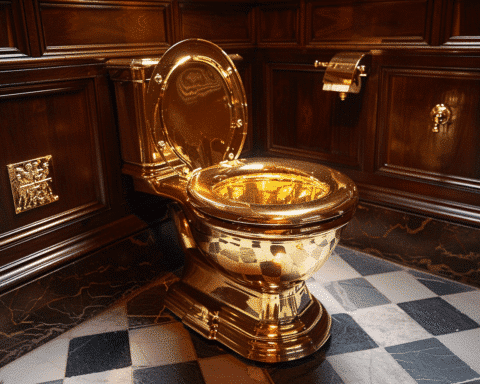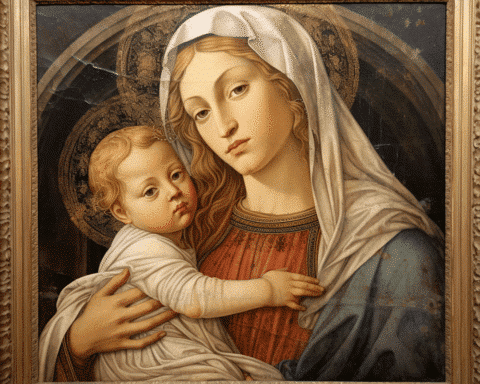A museum in the Netherlands experienced an unusual incident when a staff member mistakenly discarded a piece of artwork resembling two empty beer cans. The artwork, “All the good times we spent together” by French artist Alexandre Lavet, was meticulously painted to look like actual cans. What seemed like an accidental mishap soon became a testament to the art’s ingenuity and the museum’s unique approach to displaying contemporary pieces.
A Masterpiece Hidden in Plain Sight
At first glance, Lavet’s artwork could easily be mistaken for discarded cans. According to a statement from the LAM Museum, the piece was “meticulously hand-painted with acrylics, with each detail painstakingly replicated.” The cans’ lifelike appearance led to confusion when a lift technician, filling in for the regular staff member, threw them away.
The cans were strategically placed in a glass lift shaft resembling a construction zone. This placement was part of the museum’s tradition of displaying pieces in “unconventional locations.” The museum’s director, Sietske van Zanten, explained: “Our art encourages visitors to see everyday objects in a new light. By displaying artworks in unexpected places, we amplify this experience and keep visitors on their toes.”
Art as a Symbol of Connection
The two cans in Lavet’s artwork hold deeper meaning beyond their deceptive simplicity. “For the artist, the cans symbolize cherished memories shared with dear friends,” said the museum. “While evenings spent enjoying drinks may seem trivial in the grand scheme of things, they ultimately embody precious moments of connection.”
Despite the error, the museum showed no resentment towards the technician involved. “He was just doing his job in good faith,” van Zanten stated. “In a way, it’s a testament to the effectiveness of Alexandre Lavet’s art.”
Recovered and Redisplayed
Fortunately, the artwork was recovered intact from the trash bag. After carefully cleaning, the cans were placed on a traditional plinth at the museum’s entrance. Elisah van den Bergh, the museum’s curator, remarked: “We wanted to give them their moment in the spotlight.” She added, “We enjoy surprising our visitors, so no space is off-limits.”
This incident adds to the history of modern art misunderstandings, such as the famous banana taped to a wall by Italian artist Maurizio Cattelan. That piece, titled “Comedian,” was eaten by a hungry visitor in Seoul last year, sparking conversations about the meaning and fragility of contemporary art.
A Happy Ending with a Touch of Humor
Though an honest mistake led to Lavet’s artwork being discarded, it ultimately became a unique part of the museum’s narrative. By embracing this twist of fate, the museum highlighted the importance of perspective in art and encouraged viewers to remain curious. As modern art continues to challenge perceptions, moments like these serve as a reminder to find meaning in even the simplest of things.





